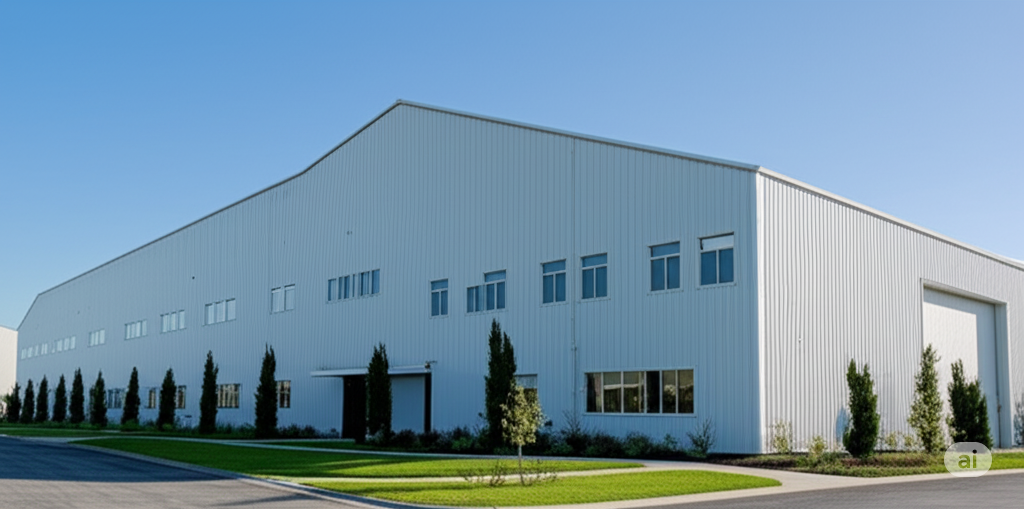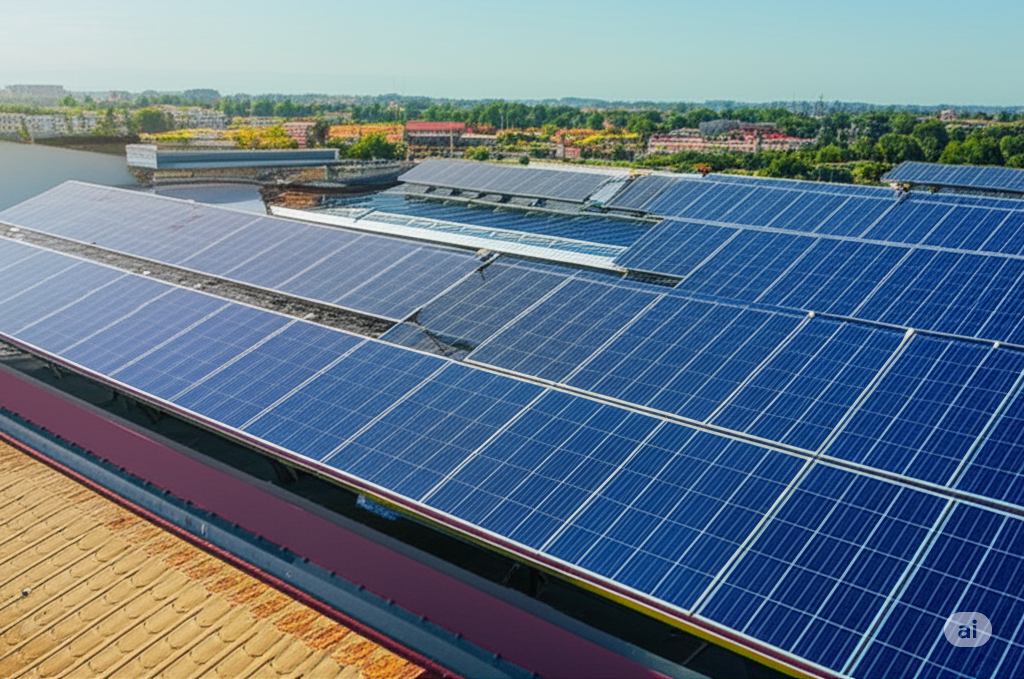What is a Flange? A Complete Guide to Types, Materials, Standards, and Sizes
A flange is a critical component in piping systems, providing a secure and leak-proof connection between pipes, valves, pumps, and other equipment. Flanges allow for easy assembly, disassembly, maintenance, and inspection, making them indispensable in industries such as oil & gas, chemical processing, water treatment, and power plants.
Common Uses of Flanges
Flanges are used in various applications, including:
-
Pipeline connections – Joining pipes in long-distance transportation systems.
-
Pressure vessels & boilers – Sealing high-pressure containers.
-
Pumps & compressors – Connecting mechanical equipment to pipelines.
-
Industrial machinery – Facilitating fluid or gas transfer in manufacturing.
-
Wastewater systems – Ensuring secure connections in treatment plants.
Types of Flanges
-
Weld Neck Flange (WN) – Designed for high-pressure and high-temperature applications; features a tapered hub for reinforcement.
-
Slip-On Flange (SO) – Slides over the pipe and is welded for a secure fit; used in low-pressure systems.
-
Blind Flange (BL) – Seals the end of a pipeline or vessel, allowing future expansion.
-
Threaded Flange (TH) – Has internal threads for screw-on installation, ideal for low-pressure, non-welded systems.
-
Socket Weld Flange (SW) – Used for small-diameter, high-pressure pipes; pipe is inserted into the flange before welding.
-
Lap Joint Flange (LJ) – Used with stub ends for systems requiring frequent disassembly.
-
Orifice Flange – Designed for flow measurement in pipelines.
Flange Materials & Selection
Flanges are made from various materials depending on application requirements:
-
Carbon Steel (ASTM A105) – Common in general-purpose applications.
-
Stainless Steel (ASTM A182 F304/F316) – Resistant to corrosion, used in chemical and food industries.
-
Alloy Steel (ASTM A182 F11/F22) – High-temperature and high-pressure applications.
-
Duplex Steel (ASTM A182 F51/F53) – Excellent corrosion resistance for harsh environments.
-
PVC & Plastic – Used in low-pressure, non-metallic systems.
Flange Standards & Dimensions
Flanges follow international standards to ensure compatibility:
-
ASME/ANSI B16.5 – Covers flanges from ½" to 24" in sizes, pressure ratings from 150# to 2500#.
-
ASME B16.47 – For larger flanges (26" to 60").
-
EN 1092-1 (DIN Flanges) – European standard with PN (Pressure Nominale) ratings.
-
JIS B2220 – Japanese industrial standard.
Common Flange Pressure Ratings
| Class (ASME) | Pressure (PSI) | Common Applications |
|---|---|---|
| 150# | 275 PSI | Low-pressure water, air |
| 300# | 720 PSI | Medium-pressure steam, oil |
| 600# | 1,440 PSI | High-pressure gas, chemical |
| 900# | 2,160 PSI | Power plants, refineries |
| 1500# | 3,600 PSI | Extreme-pressure systems |
How to Choose the Right Flange?
Consider:
✔ Pressure & temperature requirements
✔ Material compatibility with the fluid/gas
✔ Flange type based on installation needs
✔ Standards (ASME, DIN, JIS, etc.)
Further Reading
Flanges are essential for safe and efficient piping systems—choosing the right one ensures durability and performance! 🚀




